
15311826613
Click to add WeChatAs an important source of nickel resources, laterite nickel ore occupies a pivotal position in the global nickel industry. With the increasing depletion of sulfide nickel ore resources, the development and utilization of laterite nickel ore has attracted more and more attention. However, its complex ore properties have brought considerable challenges to the dressing work. In this article, we will introduce the laterite nickel ore dressing method.
Common laterite nickel ore dressing can be divided into physical dressing method, chemical dressing method and combined dressing method according to its different physical and chemical methods.
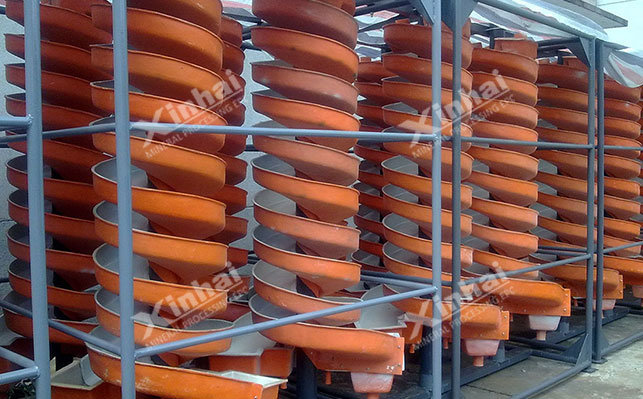
Gravity separation is a method of separation using the difference in mineral density. For laterite nickel ore, spiral concentrators and shaking tables are often used to process coarse-grained embedded ores, and the denser nickel-iron minerals are separated from the gangue minerals by gravity. Centrifugal concentrators are good at capturing fine nickel ores and improving their recovery rate. For example, in some laterite nickel ores, coarse nickel-iron alloy particles can be quickly enriched with the help of spiral concentrators.
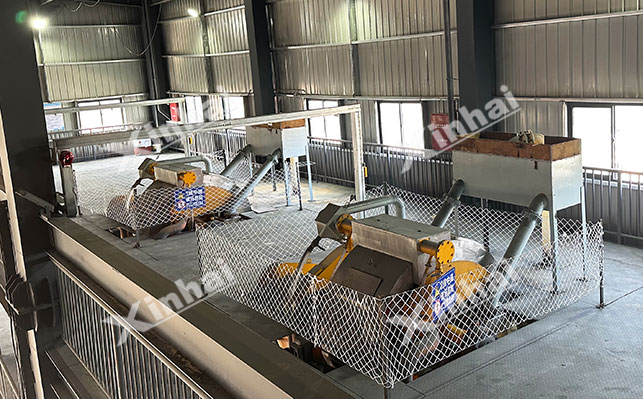
Magnetic separation works based on the magnetic differences of minerals. Weak magnetic separation is mainly aimed at nickel magnetite contained in saprolitic ore, which can effectively separate it; while for nickel in limonite, it is often necessary to cooperate with reduction roasting and then recover it through strong magnetic separation. For example, in some saprolitic laterite nickel ores, weak magnetic separation can pre-enrich nickel magnetite, reducing the burden for subsequent mineral processing.
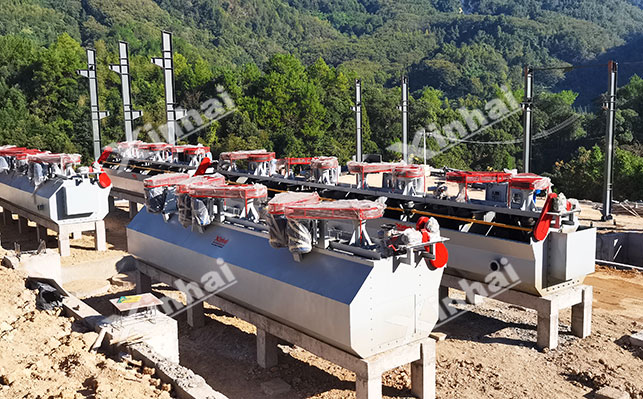
Flotation is a mineral processing method that utilizes the differences in physical and chemical properties of mineral surfaces. Sulfidation flotation converts nickel in laterite nickel ore into nickel sulfide by adding sulfiding agents (such as Na₂S), and then uses collectors for flotation; direct flotation is aimed at some saprolitic ores, but requires special collectors. In actual production, for some saprolitic ores with suitable surface properties of nickel minerals, direct flotation can simplify the process.
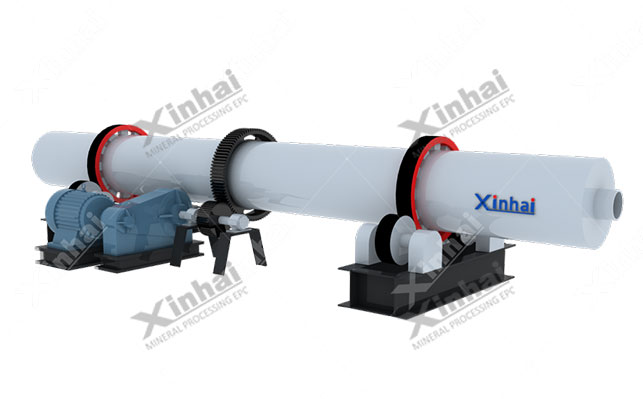
Reduction roasting - magnetic separation is to reduce nickel oxide to metallic nickel or nickel-iron alloy at high temperature, and then separate it by magnetic separation; sulfide roasting - flotation is to convert nickel minerals into nickel sulfide, and then adopt a flotation method similar to sulfide ore. For example, when treating some low-grade laterite nickel ores, reduction roasting - magnetic separation can effectively enrich nickel iron.
Acid leaching often uses sulfuric acid or hydrochloric acid to leach nickel from laterite nickel ore, especially for limonite-type laterite nickel ore; ammonia leaching (Caron process) is suitable for saprolite ore with high magnesium content; biological leaching uses microorganisms such as acidophilic bacteria to selectively dissolve nickel, which is a relatively environmentally friendly emerging method. For example, when treating limonite-type laterite nickel ore, acid leaching can efficiently dissolve nickel.
High-pressure acid leaching can directly process low-grade laterite nickel ore. Under high temperature and high pressure conditions, the nickel recovery rate can reach more than 90%. However, this method requires large equipment investment, and requires the use of special acid-resistant materials (such as titanium) to make autoclaves. It also consumes a large amount of sulfuric acid and has high costs for acidic waste slag treatment. However, due to its efficient treatment capacity for low-grade ores, it is still highly concerned in the industry.
In order to improve the nickel recovery rate, multiple beneficiation methods are often used in combination. There are gravity separation-magnetic separation combined method and roasting-magnetic separation-flotation combined method.
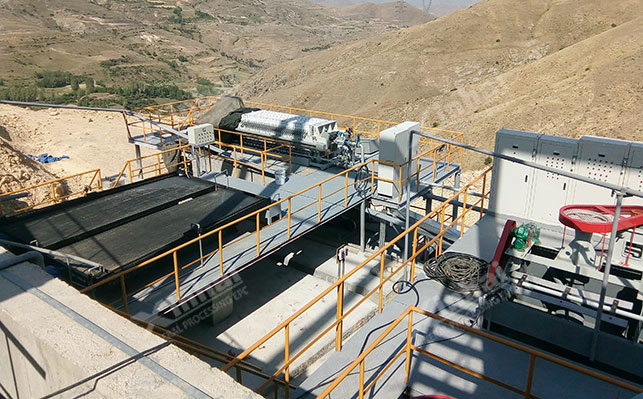
The gravity separation-magnetic separation combined method is to first preliminarily enrich or discard part of the gangue minerals through gravity separation, and then use magnetic separation to further separate the magnetic target minerals, which can remove the gangue in the pretreatment stage. Among them, gravity separation is based on the difference in mineral density. Minerals with high density sink under the action of gravity, water flow, etc., and are separated from gangue minerals with low density; magnetic separation uses the difference in mineral magnetism. Magnetic minerals will be attracted in the magnetic field and thus separated from non-magnetic minerals.
The roasting-magnetic separation-flotation method is suitable for complex ores for step-by-step enrichment. Usually, roasting is to make the minerals in the ore undergo physical or chemical changes under certain temperature and atmosphere conditions, such as transforming weakly magnetic or non-magnetic minerals into magnetic minerals (such as hematite into magnetite after roasting), or changing the surface properties of minerals; magnetic separation separates magnetic minerals based on the difference in mineral magnetism; flotation uses the difference in physical and chemical properties of the mineral surface to make the target mineral hydrophobic by adding reagents, so that it is attached to the bubbles for flotation separation. The combined process first changes the properties of the mineral by roasting, then separates the magnetic minerals by magnetic separation, and finally separates other target minerals by flotation or further purifies.
There are many different methods for beneficiation of laterite nickel ore, and each method has its scope of application and advantages and disadvantages. In practical applications, it is necessary to rationally select or combine mineral processing techniques based on the specific characteristics of the ore, production requirements, environmental protection and economy, in order to achieve efficient development and utilization of laterite nickel ore resources.